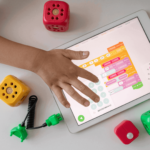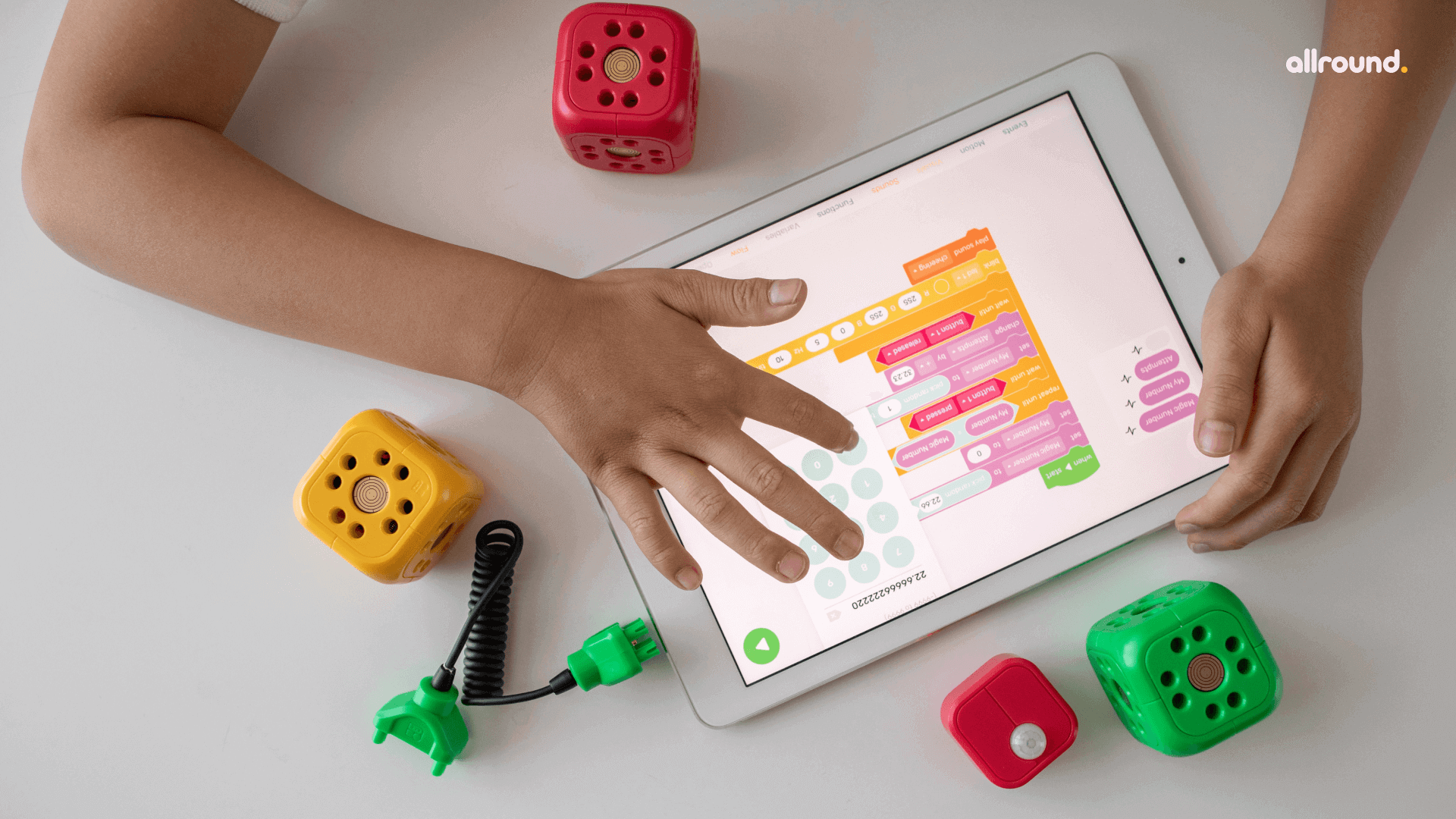Classical Curriculum for a Flexible Lifestyle5 min read
One of the most valuable features of homeschooling is flexibility. This is the ability to develop a passion for learning, travel, and enjoying family time. Some parents have a natural inclination to be flexible when it comes to teaching. Others prefer a more structured approach. Both of these are fine if it’s working for you and your child, but sometimes, it can feel overwhelming. This article will help you understand how flexible life can be by adopting a classical curriculum for homeschooling.
Contents
The various ways to approach homeschooling
They are Classical, Charlotte Mason, Montessori, Unschooling, School-at-Home, Unit studies, and Eclectic education methods. Most of these are based on the seven main approaches mentioned above. Each of these is presented hereafter with considerations that are related to the benefits and drawbacks of each method. Following is a short sample assessment that describes the general personality of the person who uses each method. There is plenty of overlap between the various homeschooling styles. This means that you have plenty of room to experiment and borrow ideas from each other.
Choosing a curriculum
When they are overwhelmed or confused about what to choose for their homeschooling, children often tell us that they are ready to slow things down.
If your child is sharp in the morning, then focus on academics at that time of the day. If they are not, then try to get them started in the afternoon.
Set your own pace, and do as much as you can to thoroughly enjoy the topics that are challenging or new.
If you get excited, take time to ponder on something that feels right.
If your kid is starting to feel like he or she is stuck in an academic state, then get outside and exercise. This can help break the monotony and provide a sense of peace.
With homeschooling, students can choose to work in various flexible learning spaces. They can also enjoy a change of scenery, whether it’s a nice day outside or a comfortable chair in the kitchen.
Work seamlessly with other important activities.
There’s no hurry to go anywhere. Just put your feet up and enjoy the peace while your kid goes to school at their own pace.
The classical method
This style of teaching is well-proven and has been used for thousands of years. It is also used for homeschooling. Great-Books help students develop a sense of prestige as they become familiar with the most influential ideas and conversations in history. Reading is also a high priority for classical students. They are typically well-read and familiar with key texts from western civilization. Different types of classical education can teach different languages. For instance, if the goal is to learn Latin and classical Greek, then students may choose to learn both the Greek and Hebrew languages. The trivium promotes the importance of logic. Whether it is taught as classical or lateral thinking, students will find it useful in different contexts. This method can fit most students, even those with dyslexia. It is also more flexible compared to other homeschool methods. While some schools may offer free-flowing instruction, classical education can still maintain the rigor and scope of academic rigor. It is also possible to implement a hands-off approach, though this strategy is not restricted to specific topics or methods. The classical method has plenty of ready-to-use materials and curricula to choose from.
The classical method is good if
You love the idea of studying great books but are also unimpressed with the latest theories and methods for learning and child psychology.
You prize critical thinking and logic as well as want your student to have a broad knowledge base.
You think history should be presented as a narrative and that it should be taught in chronological order.
Instead of tests and quizzes, try guided dialogues and exercises that are focused on abstract thinking.
How does the classical curriculum provide a flexible curriculum?
Homeschooling can accommodate special situations.
It works well for military families, for families with special needs, and for families with illness or challenging work schedules.
Whether a child is ready for a challenging, gifted, or quiet environment, academic flexibility can work for them.
You can customize your child’s schedule, grade level, and curriculum in most places.
A well-balanced family can meet the needs of a child now.
It can provide a warm, caring environment that’s conducive to developing a child’s social, academic, and physical health.
A low student-teacher ratio, which means less time for work and more time for meaningful learning.
It avoids endless testing and arbitrary standards.
Learn how a classical curriculum provides flexibility
Others may find themselves overwhelmed by the complexity of the curriculum and feel they have no control over it.
It is a good idea to carefully consider your home teaching approach. Slow down or speed up when necessary to accommodate your child’s needs.
On the other hand, some students will be able to grasp concepts much faster than others. This is because they will be able to do so with less time and practice.
It is important that lessons are developmentally appropriate for younger students. If they are approaching the end of their first grade, you may need to provide additional material to keep them engaged.
Hence a classical curriculum helps you as a parent and relieves your child from the stress of learning everything at a gulp. This is the best method for your child’s education.
Conclusion
A flexible approach to homeschooling can help you keep your sanity and stress levels at bay. It allows you to customize your schedule and accommodations as needed. Hope this article helped you gain more knowledge on the classical curriculum, its flexibility that provides a better lifestyle.




